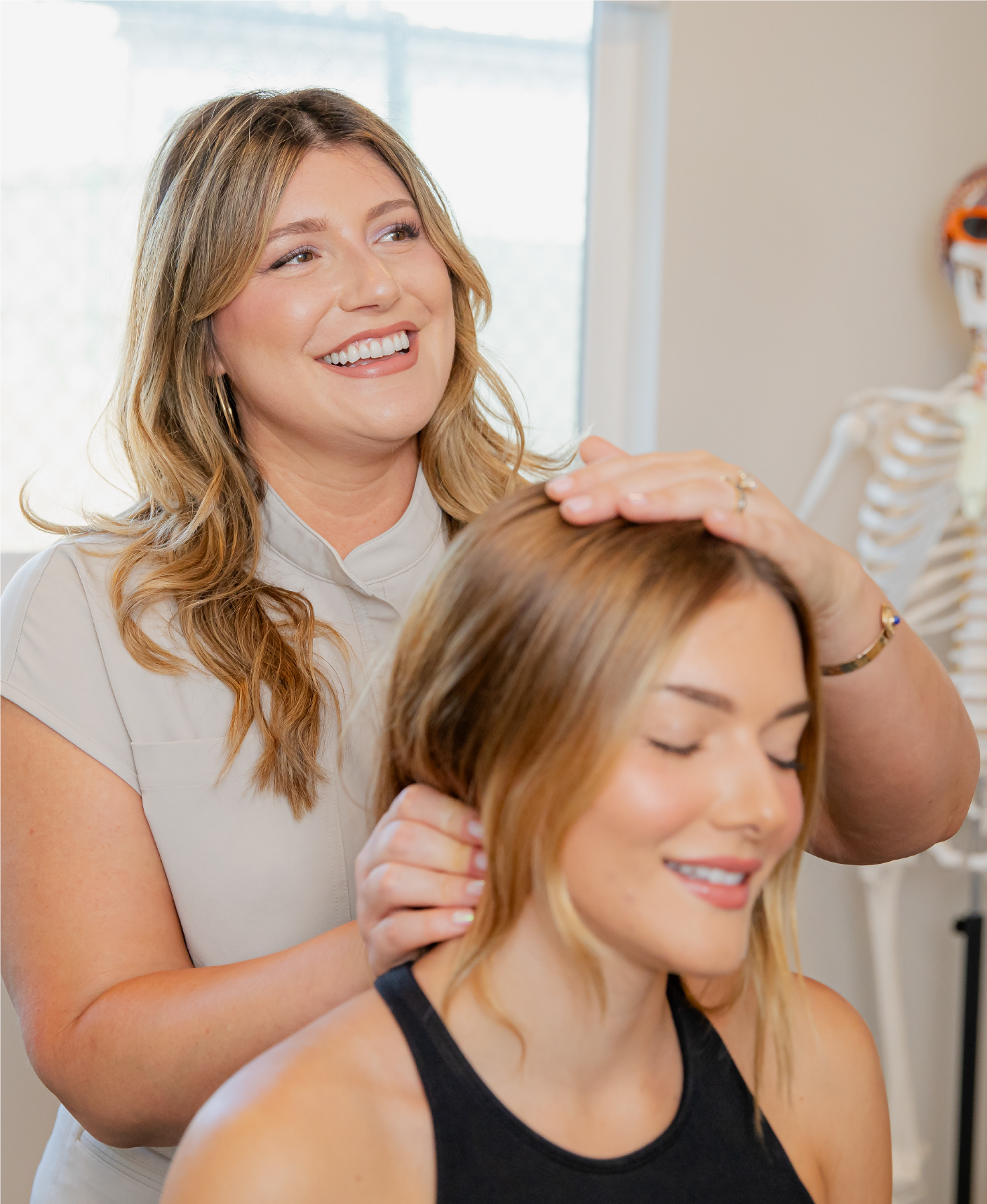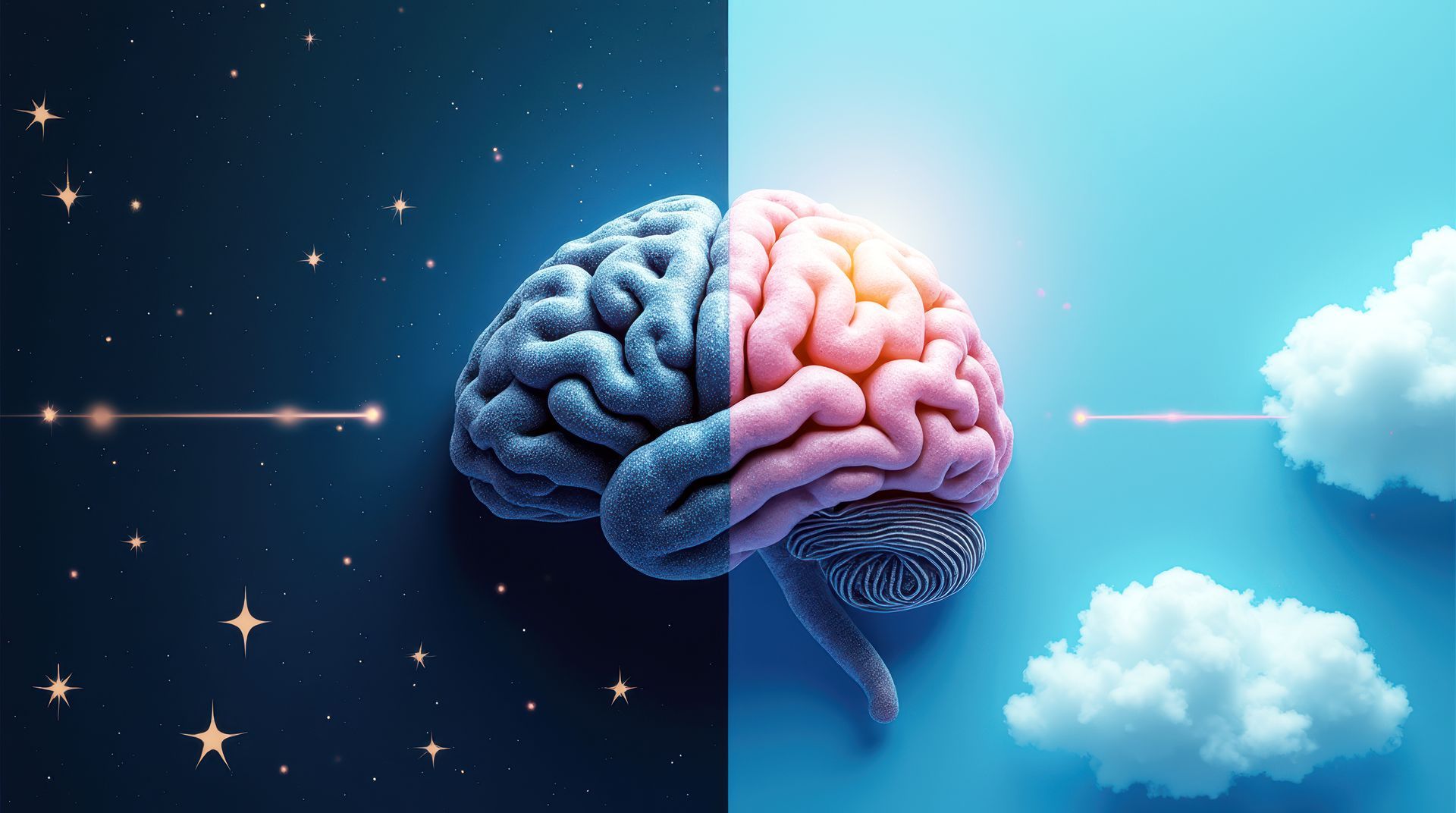Curing Your Child's Headaches Naturally With Craniosacral Therapy
Headaches in children can be a distressing experience for both the child and their parents. Whether caused by tension, stress, or underlying structural issues, headaches can disrupt a child’s ability to focus, play, and enjoy their day-to-day activities. While traditional treatments often rely on medications, many parents are seeking more natural, non-invasive approaches to relieve their child’s discomfort. One such approach is Pediatric Craniosacral Therapy (CST).
What is Craniosacral Therapy?
Craniosacral Therapy is a gentle, hands-on technique that focuses on releasing tension in the tissues surrounding the brain and spinal cord. By applying light pressure to key areas such as the head, neck, and spine, CST helps to improve the flow of cerebrospinal fluid, which supports nervous system function and relieves tension throughout the body. For children, this gentle approach can be particularly effective in reducing headaches and restoring balance to their developing systems.
How Does CST Help with Pediatric Headaches?
Headaches in children can have a variety of causes, including tension from stress, poor posture, dehydration, or even birth trauma that affects the alignment of the skull and spine. Craniosacral Therapy addresses these issues by:
- Reducing Tension: CST gently releases tension in the muscles and connective tissues around the head and neck, which can alleviate pressure that leads to headaches.
- Improving Nervous System Function: By enhancing the flow of cerebrospinal fluid, CST supports the proper function of the central nervous system, helping to reduce the frequency and intensity of headaches.
- Promoting Relaxation: The soothing, non-invasive nature of CST promotes deep relaxation, which can help relieve stress and anxiety—common triggers for headaches in children.
Benefits of Craniosacral Therapy for Children
One of the primary advantages of CST for pediatric headache relief is its gentle, non-invasive approach. The light touch used during therapy ensures that children feel safe and comfortable throughout the session. Additionally, CST is tailored to each child’s unique needs, addressing any specific areas of tension or imbalance.
Some of the key benefits of CST for children include:
- Reduction in headache frequency and severity
- Improved sleep quality
- Decreased stress and anxiety
- Better overall alignment and posture
Parents often notice that after a few CST sessions, their children experience fewer headaches and show improvements in mood, energy levels, and concentration.
Is Pediatric Craniosacral Therapy Safe?
Yes, Pediatric Craniosacral Therapy is safe for children of all ages, from newborns to teenagers. The gentle nature of the therapy makes it an ideal treatment for young bodies that are still growing and developing. At Madewell Chiropractic, our practitioners are highly trained in working with children and take extra care to ensure your child feels comfortable throughout the process.
When to Consider Craniosacral Therapy for Your Child
If your child frequently experiences headaches or migraines, especially if conventional treatments haven't provided relief, Craniosacral Therapy may be a beneficial option. It is particularly effective for headaches caused by tension, stress, or structural issues, such as birth trauma or misalignments in the spine and neck.
At Madewell Chiropractic, we specialize in Pediatric Craniosacral Therapy to help children find relief from headaches in a natural, non-invasive way. If you’re interested in exploring how CST can benefit your child, contact us today to schedule a consultation. Together, we can support your child’s health and well-being—naturally and gently.




